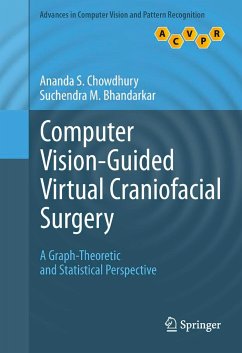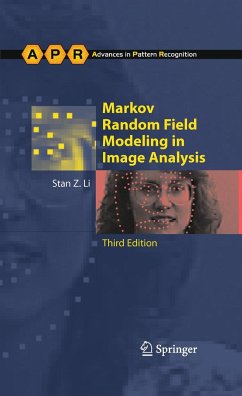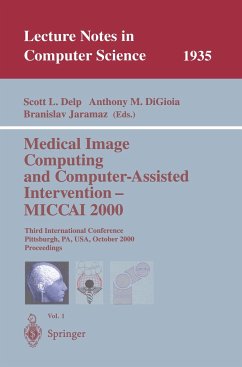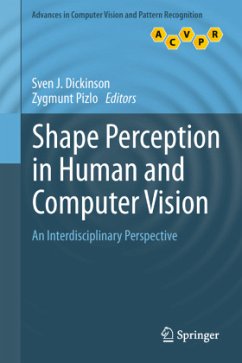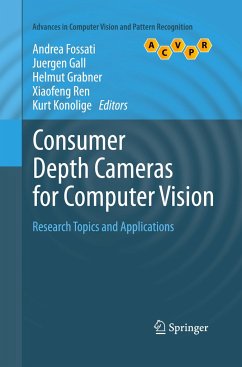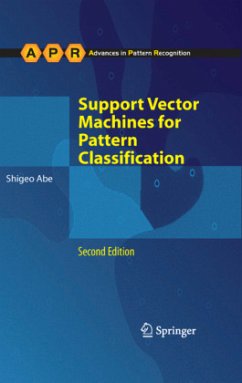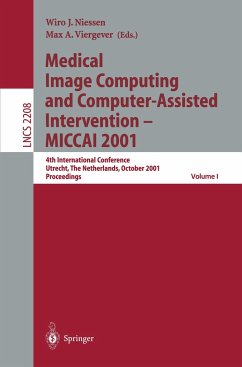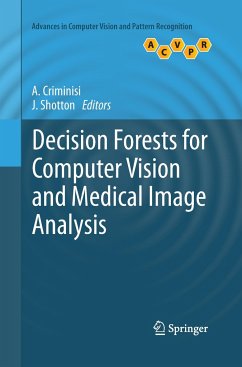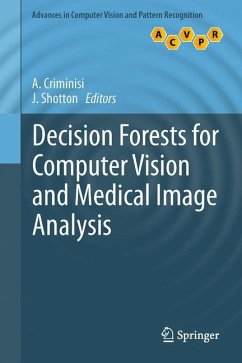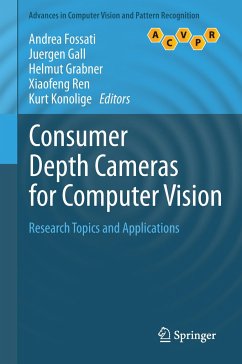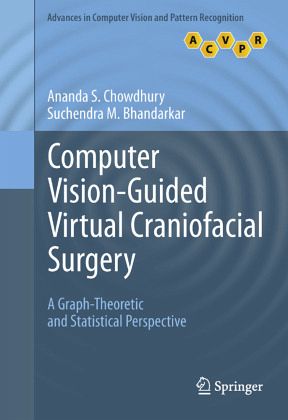
Computer Vision-Guided Virtual Craniofacial Surgery
A Graph-Theoretic and Statistical Perspective
Versandkostenfrei!
Versandfertig in 6-10 Tagen
76,99 €
inkl. MwSt.
Weitere Ausgaben:

PAYBACK Punkte
38 °P sammeln!
This unique text/reference discusses in depth the two integral components of reconstructive surgery; fracture detection, and reconstruction from broken bone fragments. In addition to supporting its application-oriented viewpoint with detailed coverage of theoretical issues, the work incorporates useful algorithms and relevant concepts from both graph theory and statistics. Topics and features: presents practical solutions for virtual craniofacial reconstruction and computer-aided fracture detection; discusses issues of image registration, object reconstruction, combinatorial pattern matching, and detection of salient points and regions in an image; investigates the concepts of maximum-weight graph matching, maximum-cardinality minimum-weight matching for a bipartite graph, determination of minimum cut in a flow network, and construction of automorphs of a cycle graph; examines the techniques of Markov random fields, hierarchical Bayesian restoration, Gibbs sampling, and Bayesian inference.



